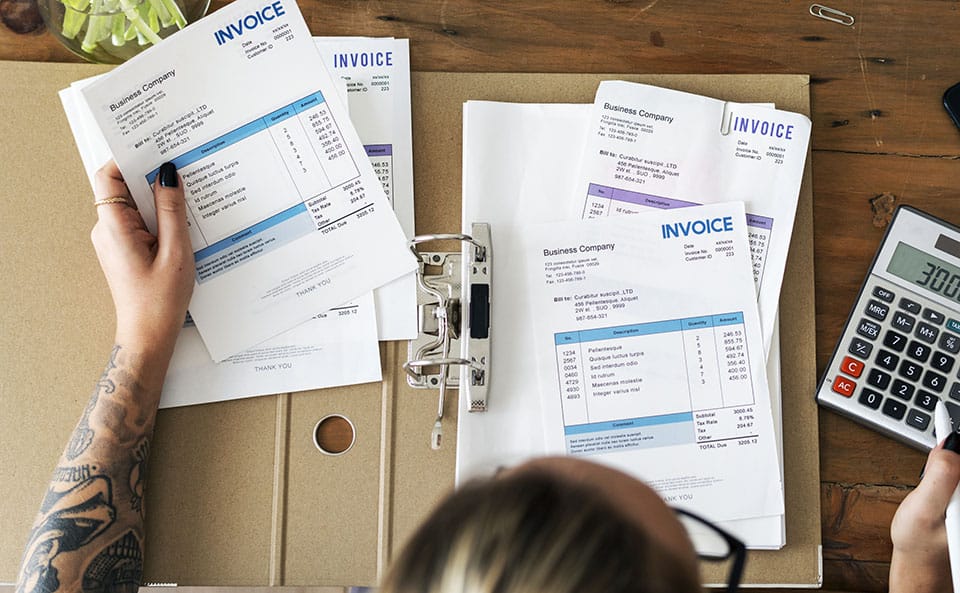The Do’s And Don’ts Of Invoicing

When you own a business, you’re typically focused on doing the work itself and less on the tedious financial paperwork. Nevertheless, we probably don’t need to explain that it’s just as important as providing good quality products and services for your clients.
Making mistakes in your invoices can lead to delayed payments and can undermine your professional image, decreasing your chances of accumulating repeat customers and building a good reputation.
Here are some of the most important aspects of invoicing you should keep in mind.
What’s the Difference Between an Invoice and a Receipt?
An invoice enumerates the products and services you have provided and sums up what is owed to you for your time, work and materials. It serves to show how much your clients have to pay.
A receipt is issued once the invoice is payed as proof of the transaction. If you make a mistake and send an invoice twice, your client can show the receipt to demonstrate that they have already paid.
The Do’s of Invoicing
Make things simple
An invoice should contain all the necessary information but not be several pages long. If you write a long and hard to decipher invoice, you’re increasing the chances of customers calling you for clarifications which will delay payments.
You can use accounting and booking software or invoice templates to make the task easier, just make sure your invoices contain the following essential information:
- Your company name and contact information
- Client name and address
- The date at which the invoice was issued
- Description of products or services, the price per item and quantity
- Prepayments such as deposits
- Special rates or discounts
- Sales tax
- Late fees or penalties in case this is a follow-up invoice
- Terms and method of payment (Example: withing 30 days through a check sent at this address)
Make a courtesy call before sending the invoice
You can do this yourself or have a customer service representative do it for you. It lets the customer know you care what they think and whether they’re satisfied with the quality of your services.
Add a thank you note
This has also been shown to speed up payments. Most invoices have a section where you can include special notes. A simple “Thank you for your business” can do wonders.
The Don’t of Invoicing
Don’t be late yourself
First of all, this makes the customer think that they can take their time as well. Second of all, receiving the invoice too late can be cumbersome for their own financial paperwork and they won’t appreciate it. They’re also less likely to remember what they’re being charged for and they’ll call you for clarification. This makes the whole process take longer.
Don’t impose your invoice format and payment method on clients
If they want to receive their invoice by email, don’t refuse to grant them their wish. Same goes for payment options. They generally have some preferences and if you’re flexible and able to accommodate them, they’ll be more inclined to work with you in the future.
Bring the best of the CEOWORLD magazine's global journalism to audiences in the United States and around the world. - Add CEOWORLD magazine to your Google News feed.
Follow CEOWORLD magazine headlines on: Google News, LinkedIn, Twitter, and Facebook.
Copyright 2025 The CEOWORLD magazine. All rights reserved. This material (and any extract from it) must not be copied, redistributed or placed on any website, without CEOWORLD magazine' prior written consent. For media queries, please contact: info@ceoworld.biz








